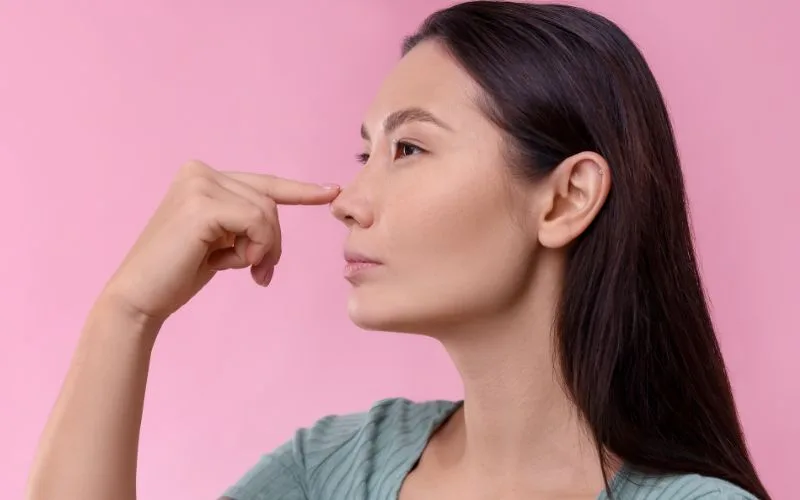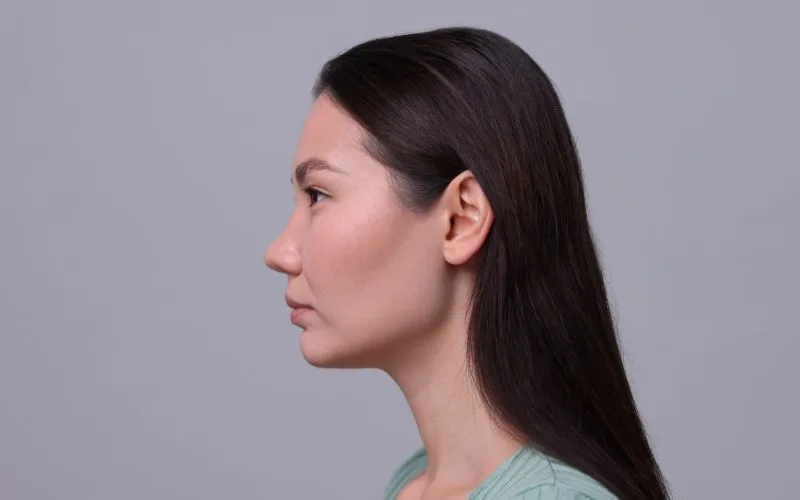Nose augmentation surgery and treatment has evolved significantly in recent years, with multiple treatment options now available to address various nasal concerns. In Singapore, patients seeking nose enhancement can choose from surgical rhinoplasty, thread lifts, ultrasonic rhinoplasty, and dermal fillers. Each approach offers distinct advantages and limitations, making it important to understand how these treatments compare in terms of results, recovery, and suitability for different aesthetic goals.
The growing preference for non-surgical options, particularly nose fillers, reflects changing attitudes toward facial enhancement. Many patients now prefer treatments over nose augmentation surgery as they offer immediate results with minimal downtime, allowing them to return to their daily routines without significant disruption.
Understanding Different Nose Augmentation Methods
Surgical Rhinoplasty
Traditional surgical rhinoplasty remains the most comprehensive approach to nose reshaping. This procedure involves making incisions to access the underlying bone and cartilage structure, allowing surgeons to remove, reshape, or reposition tissues to achieve the desired outcome. Surgical rhinoplasty can address virtually any nasal concern, including reducing nose size, narrowing the bridge, refining the tip, correcting breathing issues, and fixing structural deformities.
The procedure typically takes two to four hours under general anesthesia. Recovery involves significant swelling and bruising that can last several weeks, with final results not fully visible for up to a year. Patients must avoid strenuous activities for several weeks and protect their nose from impact during the healing process.
Ultrasonic Rhinoplasty
Ultrasonic rhinoplasty represents an advancement in surgical technique, using ultrasonic technology to reshape nasal bones and cartilage with greater precision. This method causes less trauma to surrounding soft tissues compared to traditional surgical methods, potentially reducing swelling and bruising during recovery.
The ultrasonic approach allows surgeons to make more precise adjustments to the nasal structure while preserving surrounding tissues. However, it still requires general anesthesia and involves similar recovery timeframes to traditional rhinoplasty, though some patients experience less post-operative discomfort.
Thread Lifts for Nose Enhancement
Thread lifts use dissolvable sutures inserted under the skin to lift and contour the nose. The threads are made from materials like PDO (polydioxanone) that gradually dissolve while stimulating collagen production. This technique can elevate a drooping nasal tip, create more definition along the bridge, and provide subtle lifting effects.
The procedure takes approximately 30 to 60 minutes and can be performed under local anesthesia. Initial swelling subsides within a few days, and patients can typically return to normal activities quickly. Results last approximately 12 to 18 months, depending on individual factors and the type of threads used.
Nose Fillers
Dermal filler treatment involves injecting hyaluronic acid-based products into specific areas of the nose to add volume and reshape the nasal profile. This technique can elevate a flat bridge, smooth bumps, refine the tip, and correct minor asymmetries. The treatment is performed using fine needles or cannulas to place the filler precisely where volume is needed.
The procedure typically takes 15 to 30 minutes and can be performed with topical numbing agents. Results are immediately visible, though final outcomes become apparent after any initial swelling subsides. Effects last 12 to 18 months, after which maintenance treatments are needed to preserve results.
Comparing Treatment Outcomes
Scope of Changes Possible
- Surgical rhinoplasty offers the most comprehensive changes, capable of reducing nose size, correcting structural issues, and making dramatic alterations to nasal shape. Both traditional and ultrasonic surgical approaches can address functional concerns alongside aesthetic improvements.
- Thread lifts provide moderate enhancement, particularly effective for lifting and subtle contouring. They work best for patients seeking minor improvements rather than significant changes to nasal structure.
- Nose fillers excel at adding volume and smoothing contours but cannot reduce nose size or make dramatic structural changes. They are most effective for patients wanting to build up certain areas, such as a flat bridge or indented areas, rather than those seeking size reduction.
Recovery and Downtime
- Surgical procedures require the most extensive recovery period. Traditional rhinoplasty involves significant swelling that can take weeks to months to fully resolve. Patients must avoid physical activities, sun exposure, and any activities that might impact the nose during healing.
- Ultrasonic rhinoplasty may offer slightly faster recovery due to reduced tissue trauma, but still requires several weeks of careful healing and activity restrictions.
- Thread lifts involve minimal downtime, with most patients returning to normal activities within 24 to 48 hours. Some swelling and minor discomfort may occur, but these effects are generally mild and short-lived.
- Nose fillers require virtually no downtime. Patients may experience minor swelling for a day or two, but this is easily concealed with makeup. Normal activities can be resumed immediately, though intense exercise and heat exposure should be avoided for 24 hours.
Longevity of Results
- Surgical outcomes are permanent, though natural aging continues to affect facial features over time. The structural changes made during rhinoplasty maintain their effect indefinitely.
- Thread lifts typically last 12 to 18 months as the threads dissolve and collagen production effects diminish. Some patients may experience longer-lasting results depending on their individual response.
- Nose fillers last 12 to 18 months on average, though this varies based on the specific product used, injection technique, and individual metabolism. The gradual breakdown of hyaluronic acid means results fade naturally over time.
Cost Considerations
- Surgical rhinoplasty represents the highest upfront investment, typically ranging from SGD 8,000 to SGD 20,000 or more. While this is a significant expense, the permanent nature of results means no ongoing treatment costs.
- Thread lifts fall in the middle range, usually costing SGD 1,500 to SGD 3,500 per treatment. Since results last over a year, the annual cost can be reasonable for patients seeking moderate enhancement.
- Nose fillers have the lowest initial cost, typically SGD 800 to SGD 2,000 per session. However, the need for regular maintenance treatments means ongoing expenses to maintain results.
Why Nose Fillers Are Gaining Popularity
The increasing preference for nose fillers among Singapore patients stems from several practical advantages. The immediate results appeal to those who want to see changes right away, while the minimal downtime fits well with busy professional schedules. The reversible nature of filler treatments with dissolving filler also provides peace of mind for first-time patients uncertain about permanent changes.
Singapore’s tropical climate makes the minimal recovery requirements particularly attractive. Unlike surgical procedures that require protection from sun and heat during extended healing periods, filler treatments allow patients to maintain their normal outdoor activities almost immediately.
The ability to make gradual adjustments over time also appeals to many patients. Rather than committing to dramatic changes all at once, filler treatments allow for incremental improvements and refinements based on how results develop and personal preferences evolve.
Final Thoughts on Nose Augmentation Surgery and treatment in Singapore
Understanding the capabilities and limitations of each nose augmentation surgery and treatment option helps patients make decisions aligned with their goals and lifestyle. Surgical procedures offer the most comprehensive changes but require significant commitment in terms of recovery time and permanent results. Non-surgical options provide enhancement with flexibility and convenience but have limitations in the scope of changes possible.
For many Singapore patients, nose fillers provide an ideal balance of effectiveness, convenience, and flexibility. The ability to achieve noticeable improvements with minimal disruption to daily life, combined with the option to adjust or reverse results, makes this approach particularly suitable for the modern lifestyle preferences of the region.
At Kowayo Aesthetic Clinic, we believe a proper consultation is where great results begin. Through detailed facial analysis, we help you identify if nose filler can help you to achieve your desired look while preserving natural harmony. Book your personalised nose consultation with us today.



